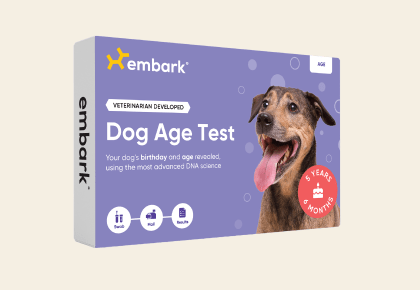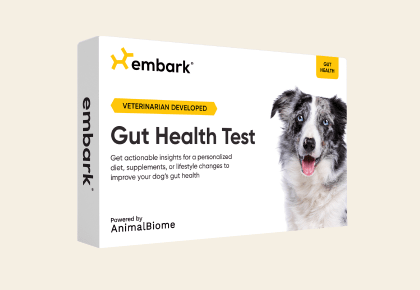Ichthyosis
Ichthyosis is derived from the Greek root “ichthy,” meaning fish, and was so named due to the visible scales on the skin. Affected dogs may develop generalized severe greyish scales, mild redness of the skin, less hair than normal, and specific areas of hair loss. Dogs may also have blackheads on their belly. Some dogs develop secondary bacterial skin infections that may make diagnosis difficult and contribute to itching.
-
Signs and symptoms
Affected dogs typically have large, greasy flakes of dandruff but aren't itchy. The scales of skin can get so thick that they can crack and cause fissures, leading to considerable discomfort.
As puppies, affected dogs can show signs of scaling. This disease tends to worsen with age. -
Diagnosis
Examining the characteristic lesions is the first step in diagnosing Ichthyosis. Confirmatory genetic testing and/or skin biopsies can also be performed.
-
Treatment
There is no definitive treatment for Ichthyosis: typically, ichthyotic dogs are maintained on the continuous treatment of mild anti-dandruff shampoos and moisturizing rinses. This is a chronic and frustrating condition to manage.
-
What to do if your dog is at risk
Actions
- Following your veterinarian's advice on skin care and nutrition is the best way to manage Ichthyosis.
-
Genetic Information
This variant was first identified in the German Shepherd Dog.
This variant has a dominant mode of inheritance, meaning that dogs with one or two copies of the variant may show clinical signs of Ichthyosis.
Gene names:
ASPRV1 Exon 2 ‐ chr
Inheritance type:
dominant
Citations:
-
Breeds affected
This health condition affects the following breeds
Learn about your dog’s unique genetic health
Dog owners
Breed identification, health and trait insights, personalized care recommendations, and the world’s first canine relative finder—all in one leading dog DNA test.
Learn about the report for dog ownersShop the test
Breeding programs
Embark’s test for breeding programs is one comprehensive DNA test designed with your needs in mind.
Learn about the report for breedersShop the test











